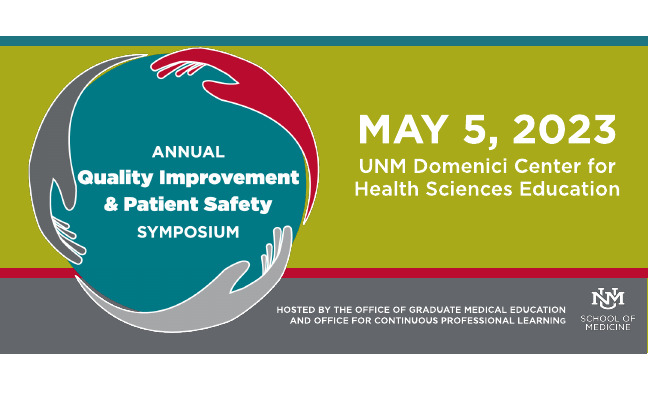Document Type
Poster
Publication Date
3-6-2020
Abstract
Introduction:
Trauma accounts for 23% of all emergency department (ED) visits and is a leading cause of morbidity and mortality.1,2 Many critical trauma patients arrive to the ED by emergency medical services (EMS). EMS-ED handoff quality affects patient safety and quality of care.3-6 However, there is a scarcity of literature examining trauma patient handoffs and hospital staff satisfaction. The goal of this study was to investigate the relationship of specific information given during EMS handoffs with hospital staff satisfaction.
Methods:
This study observed handoffs of patients sustaining major trauma at the University of New Mexico (UNM) Hospital, the state’s only level I trauma center. UNM Hospital has a trauma alert protocol (TAP) to notify emergency medicine and surgery teams of incoming patients; these patients are assessed, stabilized, and treated by these teams. Data were collected from January 1, 2017 to December 31, 2017. This study included handoffs for TAP patients who were brought in by EMS. ED research assistants directly observed handoffs and recorded information using electronic data capture. Data points included vital signs (blood pressure, pulse, blood glucose, and mental status) and medical factors (allergies, IV access, injury mechanism, medications given by EMS, and home medications). Subjective factors included numerical satisfaction scores of EMS and various hospital providers for the handoff and the initial treatment/resuscitation after the handoff (both used 10-point Likert scales). Stata™ 14 was used for all analyses, with significance determined using t-tests and a type 1 error rate of 0.05.
Results:
We observed 180 handoffs and recorded satisfaction scores for 142 ED physicians, 53 surgeons, 68 nurses, and 163 EMS providers. Median satisfaction scores and interquartile ranges were: ED physicians 8 (8-9), surgeons 8 (7-9), nurses 9 (7-10), and EMS providers 9 (8-10). Provider satisfaction was unrelated to the number of vital signs reported, or to whether any individual vital sign was reported. Conversely, most medical factors were related to satisfaction by at least one type of provider (Table). The total number of medical factors reported was associated with satisfaction among ED physicians and nurses. Among physicians, handoff satisfaction and satisfaction with the resuscitation were associated.
Conclusion:
The quantity of medical factors transferred during EMS-ED handoffs provides a target for improving ED physician satisfaction. Medical factors, individually and in sum, varied in how they influenced receiving provider satisfaction. Emphasis of individual pertinent medical factors may need to be tailored based on audience. A limitation of this study is the use of ED provider satisfaction as a proxy for handoff quality. Of note, ED physician satisfaction was associated with resuscitation satisfaction. This may indicate that using satisfaction as a proxy for handoff quality is confounded by patient outcome. Transfer of vital signs was not correlated to increased satisfaction; this suggests the need for further research on redundancies between handoffs and initial ED assessment.
Recommended Citation
Ratmeyer, Paul; Zachary Potts; and Joy Crook. "Emergency Department Provider Satisfaction with EMS Turnover Reports in Critical Trauma Patients." (2020). https://digitalrepository.unm.edu/hsc_qips/9


Comments
Presented at the University of New Mexico Health Science 2020 Annual Quality Improvement and Patient Safety Symposium